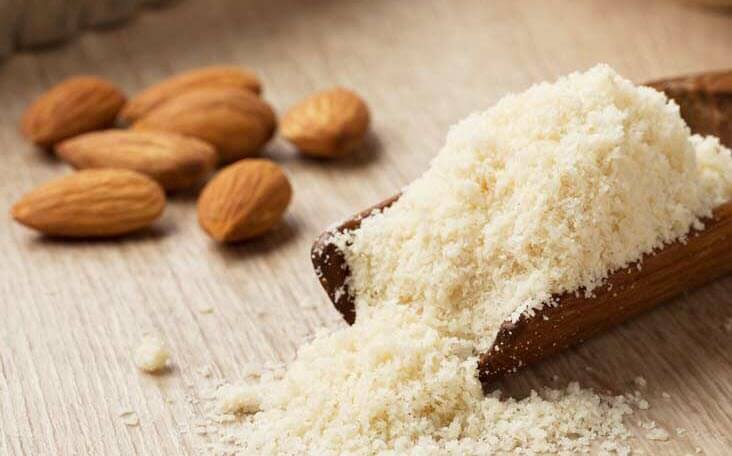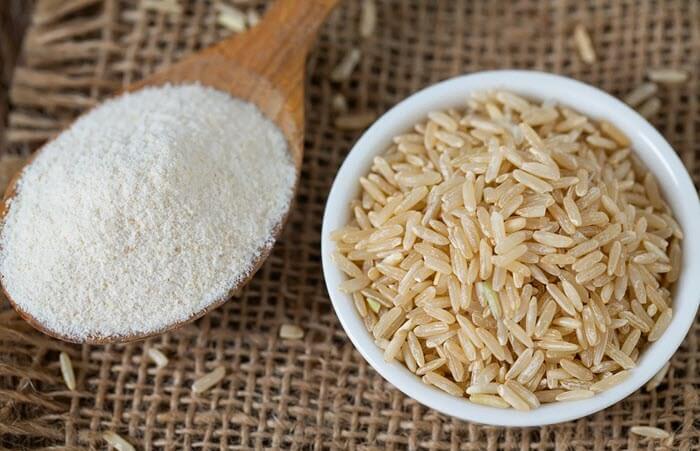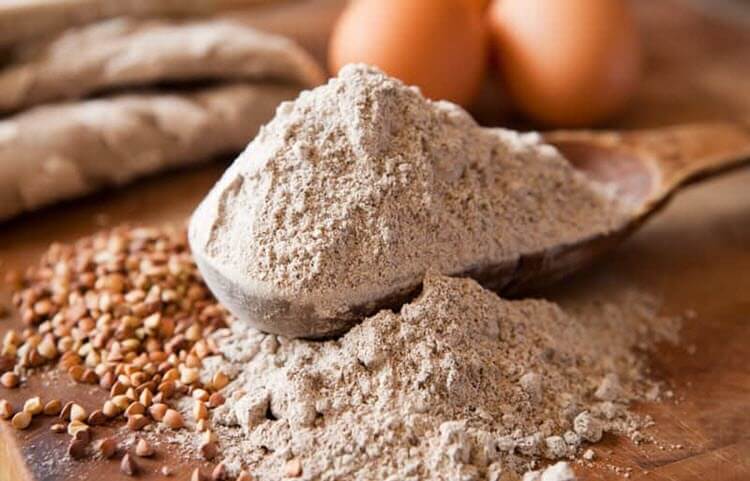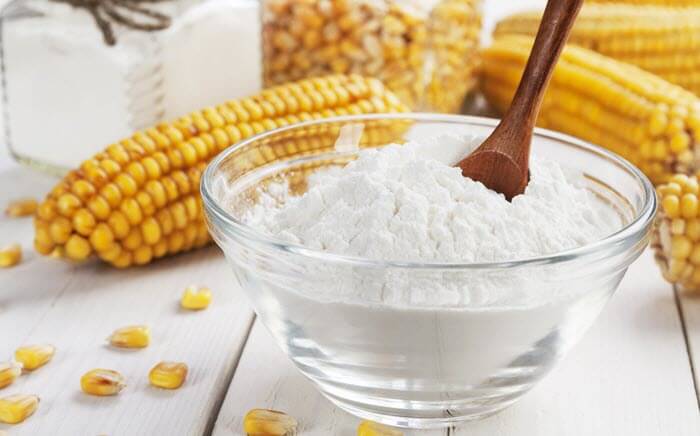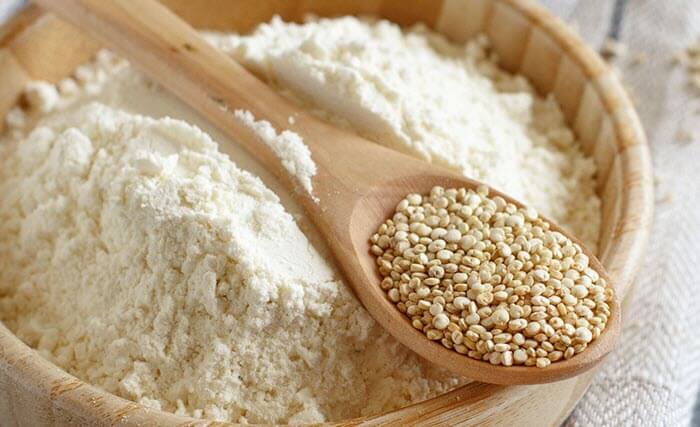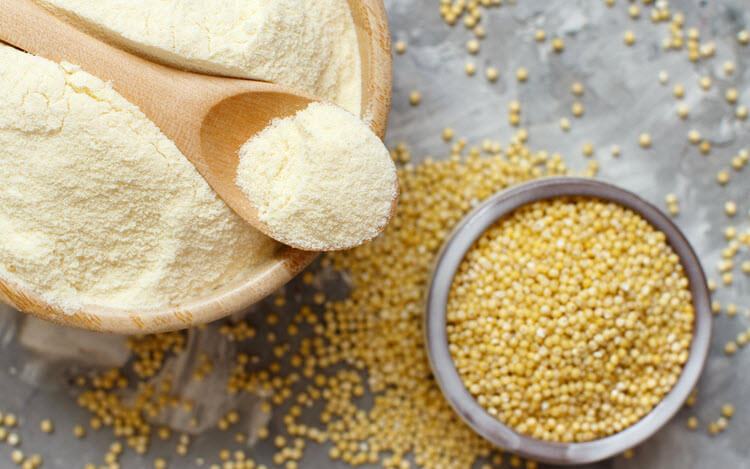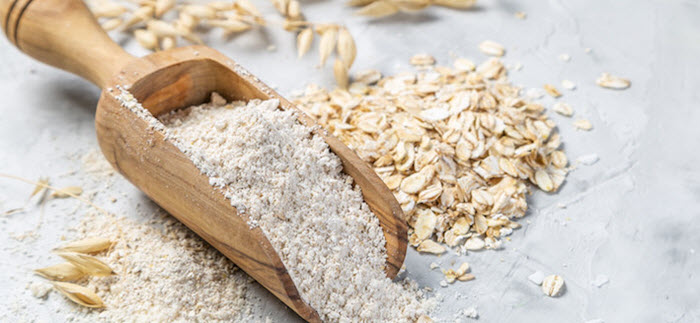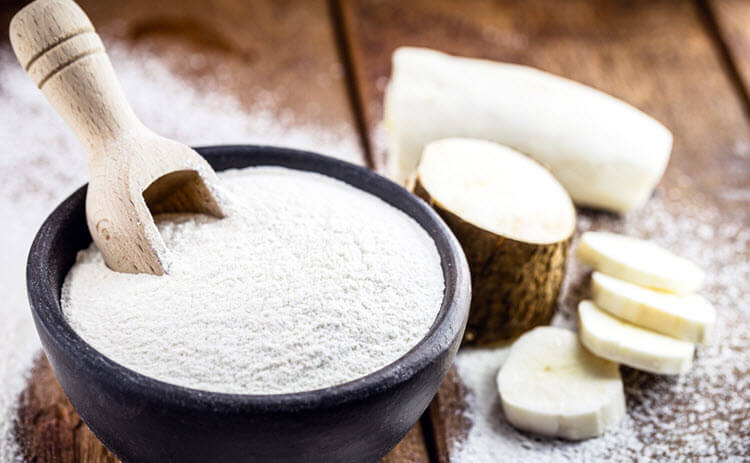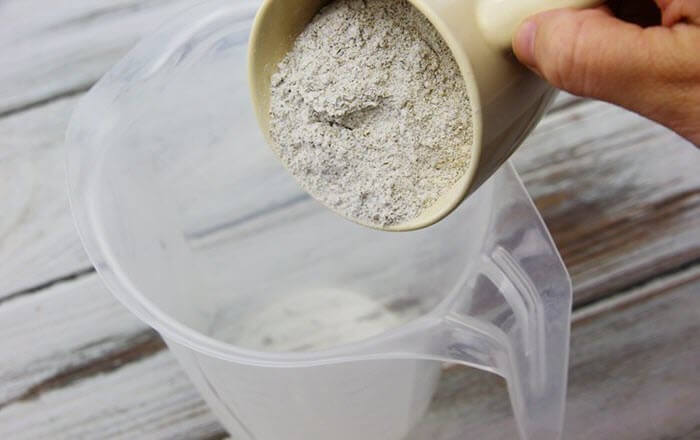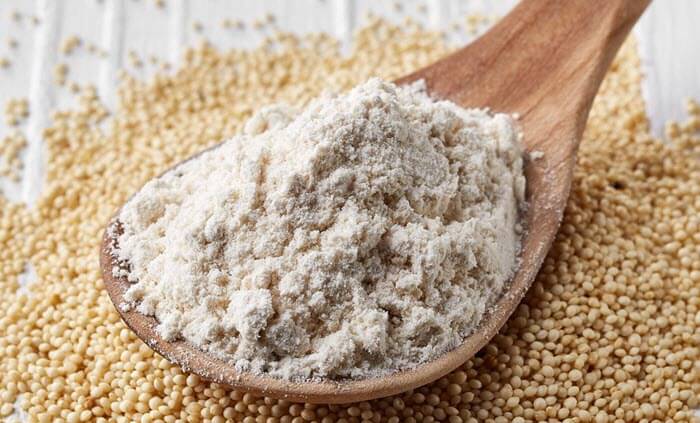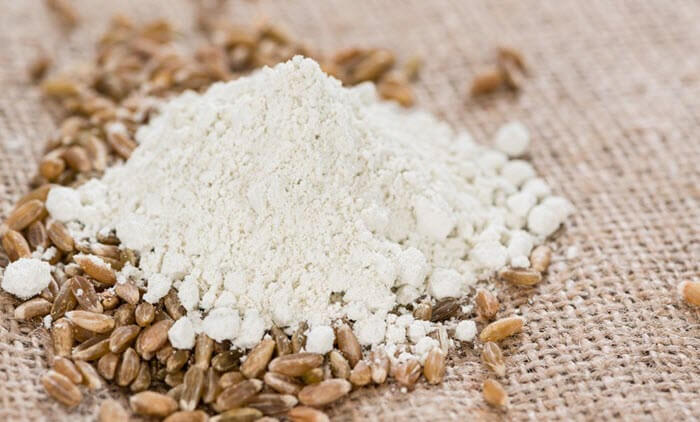Chickpea, also known as garbanzo bean, can be used in many recipes, including falafel and hummus.
However, finding a high-quality chickpea flour substitute can be a daunting task. You can examine over ten different brands, and you’re still unsure whether they will work the same or not.
In this post, we’ll go over all the great options available.
Table Of Contents
What Can You Substitute for Chickpea Flour
1. Almond Flour
Almond flour is a great chickpea (also known as garbanzo bean) flour alternative.
It has a milder flavor but is slightly more expensive than chickpea flour. However, it is high in protein and fiber, making it an excellent replacement for various flours.
Almond flour is produced from ground almonds, giving it a flavor similar to chickpea flour. It’s also a good choice if want gluten-free option.
Almond flour can create vegan desserts, bread, pancakes, and muffins. It has the same nutty flavor as chickpea flour and works well in gluten-free baking because it helps structure baked goods without gluten.
2. Brown Rice Flour
Brown rice flour has a texture similar to chickpea flour. So, it works well in recipes that call for one to be substituted for the other.
Brown rice flour, like chickpea flour, is high in fiber and protein while low in fat and calories. As a result, it’s a healthy choice, even if you’re trying to cut back on carbs.
However, don’t use too much because the texture will differ from what you’re used to with regular white rice flour.
It’s easy to find in any grocery store and is usually less expensive than chickpea flour.
Further reading: Best Substitute for Brown/White/Sweet/Glutinous Rice Flour
3. Buckwheat Flour
Buckwheat flour is a great chickpea flour replacement. It’s a bit more coarse than chickpea flour, and it has a nuttier taste, but otherwise, the two are pretty similar.
Buckwheat flour is high in protein, making it a popular choice for vegans looking for ways to boost their protein intake without meat or dairy products.
It’s also gluten-free and low in fat, making it a good option for those with dietary restrictions.
The main difference is that buckwheat has more dietary fiber than chickpea flour. And it also has a stronger flavor, so if you’re trying to add some punch to your recipes, buckwheat is a better option.
4. Corn Flour
Both chickpea flour and corn flour are made from ground dried seeds, so they have a similar texture. Both are also gluten-free and high in protein. However, corn flour has more calories and fat.
Chickpea flour is made from ground chickpeas, which gives it a slightly earthy flavor. Corn flour is made from corn kernels, which gives it a sweeter taste.
Chickpea flour can be used as a chickpea flour substitute in many recipes with little noticeable difference in taste or texture.
Further reading: Corn Flour vs. Cornmeal: Any Difference?
5. Quinoa Flour
Quinoa flour is a great substitute for chickpea flour, especially in recipes that call for high-protein flours. It’s also a gluten-free option.
It has a milder flavor than chickpea flour but has an earthy flavor, which may not be ideal for some recipes. It also has a higher glycemic index than regular wheat flour or chickpea flour.
Quinoa flour is often used in gluten-free baked goods and as a thickening agent in soups and stews.
6. Millet Flour
Millet flour and chickpea flour are both gluten-free flours used in various recipes. It has a much higher protein content, and is more absorbent and denser than chickpea flour.
It is typically lighter in color than chickpea flour, ranging from tan to yellowish-brown.
Millet flour has a mild, nutty flavor that makes it great for baking or adding to recipes as a thickener or binding agent.
Further reading: What Can You Substitutes for Millet Flour
7. Oat Flour
Try oat flour if you’re looking for a gluten-free, high-protein alternative to chickpea flour. It can be used in many ways as chickpea flour and has a relatively neutral flavor that works well in many recipes.
While oat flour lacks the protein found in chickpea flour, it does contain more fiber than other gluten-free flour.
The texture of oat flour and chickpea flour is the most noticeable difference. While both are very fine, when used in baking, oat flour is slightly less powdery.
Another distinction is flavor. Oat flour has a sweeter flavor, whereas chickpea flour has a nuttier flavor that can be overpowering if used excessively.
8. Cassava Flour
Cassava flour is a high-protein, gluten-free chickpea flour substitute for baking, thickening soups, stews, or even making pasta.
It is made from the root of the cassava plant, which is native to South America but now grows worldwide.
Cassava and chickpea flour are both gluten-free, making them suitable for people with celiac disease or gluten intolerance. They also have about the same amount of protein and fiber, but cassava flour has more carbohydrates and less fat.
Cassava flour has a slightly nutty and earthy taste, making it a great choice for baking cakes, cookies, and muffins. It also works well in sauces and patties because it absorbs moisture.
9. Seitan Flour
Seitan flour is a gluten-free, vegan alternative to chickpea flour. It’s made from wheat protein and has a similar nutritional profile to chickpea flour.
It can be used in cookies and cakes but won’t rise as much because it lacks leavening agents.
Seitan and chickpea flour are high in protein and low in carbs. But seitan flour has more protein.
The main difference is gluten. Therefore, those allergic to gluten should avoid using seitan flour. Also, seitan flour is more expensive, though this varies by location and brand.
10. Amaranth Flour
Amaranth flour is a gluten-free flour gaining popularity in many recipes. It has a similar taste, texture, and color to chickpea flour.
In addition, it’s higher in protein, making it a good substitute for chickpea flour in baking.
Amaranth flour is not as fine as chickpea flour and can have a slightly nuttier flavor when used in baking or cooking.
It also holds its shape better, so you may need to add more water to your recipe if swapping out one for the other.
11. Spelt Flour
When compared with chickpea flour, spelt flour has a lower fat content, which will make baked goods lighter in texture and less rich and flavorful.
It also tends to be more expensive than chickpea flour at the grocery store because it’s harder to find and more expensive to produce.
Further reading: What Can You Substitute for Spelt Flour
FAQs About Chickpea Flour
Is chickpea flour the same as almond flour?
Chickpea flour and almond flour are not the same.
Chickpea flour is made from ground chickpeas (also known as garbanzo beans). It’s high in protein and fiber and has a mild flavor that works well in savory recipes.
Almond flour is made from blanched almonds, peeled, and ground into a fine powder. It’s lower in protein but higher in fat.
And it also has a stronger flavor, so it should be used sparingly if you’re trying to avoid the taste of nuts in your food.
What does chickpea flour taste like?
Chickpea flour is a relatively nutty and mild-tasting flour. It’s not as sweet as some other flours and has a nutty flavor that can be enhanced by combining it with other ingredients.
It’s a good choice for gluten-free baking because it absorbs moisture well and doesn’t have the same tendency to rise like wheat flour.
Where can I buy chickpea flour?
Chickpea flour is a popular ingredient in many vegetarian and vegan recipes, but it can be difficult to find. So instead, look for it online, at your local health food store, or at a Middle Eastern market.
You can also buy it online. Chickpea flour is available at Amazon, Whole Foods Market, and Costco, among many other retailers.
Is chickpea flour keto-friendly?
Chickpea flour is not keto-friendly. This is because it contains carbohydrates, which are not allowed in the Keto diet.
Chickpea flour is made from ground-up chickpeas, which are legumes that contain carbohydrates.
Final Thoughts
If you live in a region where chickpea flour is not readily available, you may consider these alternatives.
Other gluten-free flours, such as quinoa and buckwheat, can be used alone or in combination to replace chickpea flour in many of your favorite recipes.
However, remember that when using a gluten-free replacement, you must adjust for its unique properties if you want the end product to taste just like the original.


